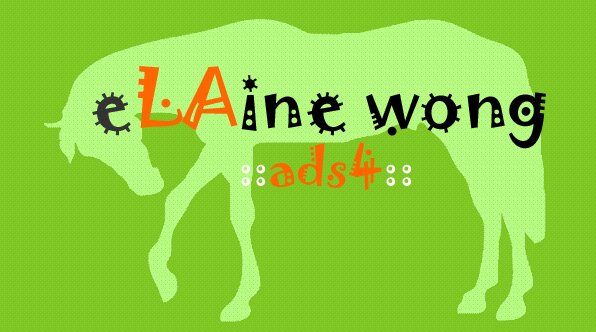Age: 25 years old
Occupation: Botanist
Nationality: Germany
Well, I spent a lot of time on the design of this house. Because I want suit the dwelling to the dweller.
I have mentioned in the previous blog that Hilda is pretty optimistic to her life, she loves simple the most. For this reason, I didn’t too embellish unnecessary and exaggerate the design of the house. And, I tried to make it simple to the utmost.
__________________________________
In my 1st design:
Floor plan:

In front the living area and both sides of house are large door and windows all provide a strong indoor-outdoor feel for the house, moreover, it has fulfilled Hilda’s requirements for the living spaces to be flooded with natural light.
And, a high window provides natural light to the hall.



A deck places in the rear, for the purpose of relaxing.
In my 2nd design,
After finished my 1st design, Hilda has revealed a little story about the reason she becomes a botanist and fond of praying mantis. (I have mentioned in previous blog as well.) Therefore, I have some new ideas to add to the design.
Praying mantis was a great source of inspiration to me!!!!!
For a start, I did some research about create building or pattern using animal imagery or animal style. Well, specifically, it called “Zoomorphism”, means shaping of something in animal form. Or, it can be called “Biomorphism”; it is an art movement that began in the 20th century. The term was first used in 1936, by Alfred H. Barr, Jr Biomorphist art focuses on the power of nature life and use organic shapes, with shapeless vaguely spherical hints of the forms of biology. In fact, tons of successful example around us, such as Swiss Re Headquarters by Foster and Partners in London, the appearance, structure and ventilation system bear similarities to sea sponges, Turtle Portable Puppet Theater by Sorkin.
So, I tried to add some characteristics of praying mantis in the design.
1. Camouflage is very important for the praying mantis’s survival; they must blend in with their habitat to avoid being eaten.
2. Their front legs are very equipped with rows of sharp spines used to grasp its prey. It is a key and useful part to them.
3. Their eyes are big and sensitive to the slightest movement up to 60 feet away.


The form of this dwelling is inspired by the important part of praying mantis, their front legs.

The large windows in the living room, which similar to the eyes of praying mantis. It can provide good view as well as bringing sufficient natural light into the living room.

Design a grassed roof for this dwelling. As for the appearance, it is quite identical with the camouflage, one of the key ways for praying mantis to survive. View from the top, this house looks like it is hide in the grassland. Apart from this, this kind of roof design can provide protection.

___________________________________
In my 1st model making,
I tried to discover more of the insufficient lighting problem.



___________________________________
In my 2nd model making,
This time I have a big change on the design of roof, I keep the idea of grassed roof, but which is roofed with the resemble shape of praying mantis’s wing.


But, I still keep the arrangement of floor plan, and another changing was adding 2 pillars which are visually looks like the legs of praying mantis, and it were used for support the roof.

_______________________________
Well, this is my 1st time to design something with “zoomorphism” and “biomorphism”. It is really fun with building in any shape of animal structure. Plus, this kind of design method has become the height of fashion!

























